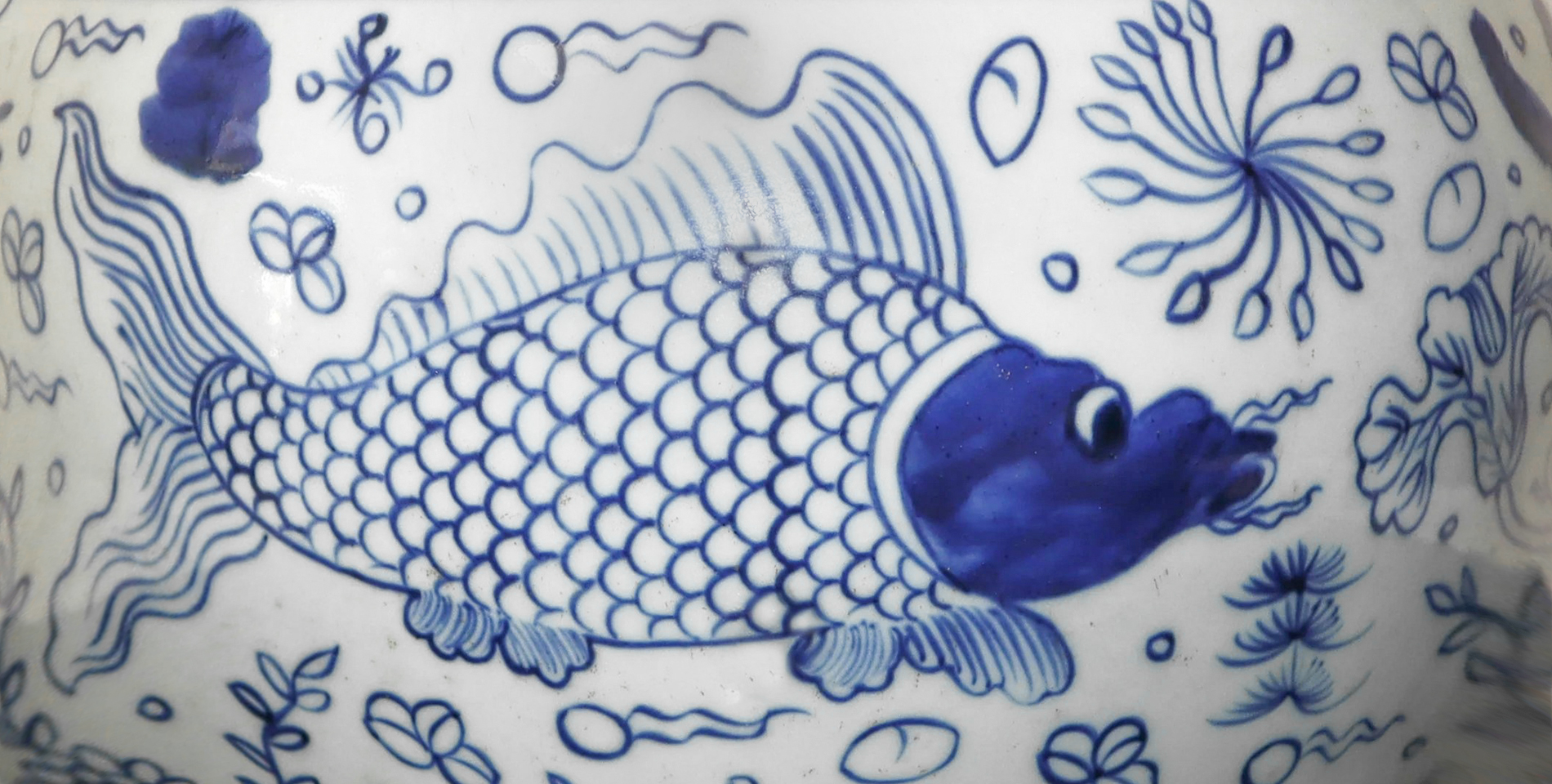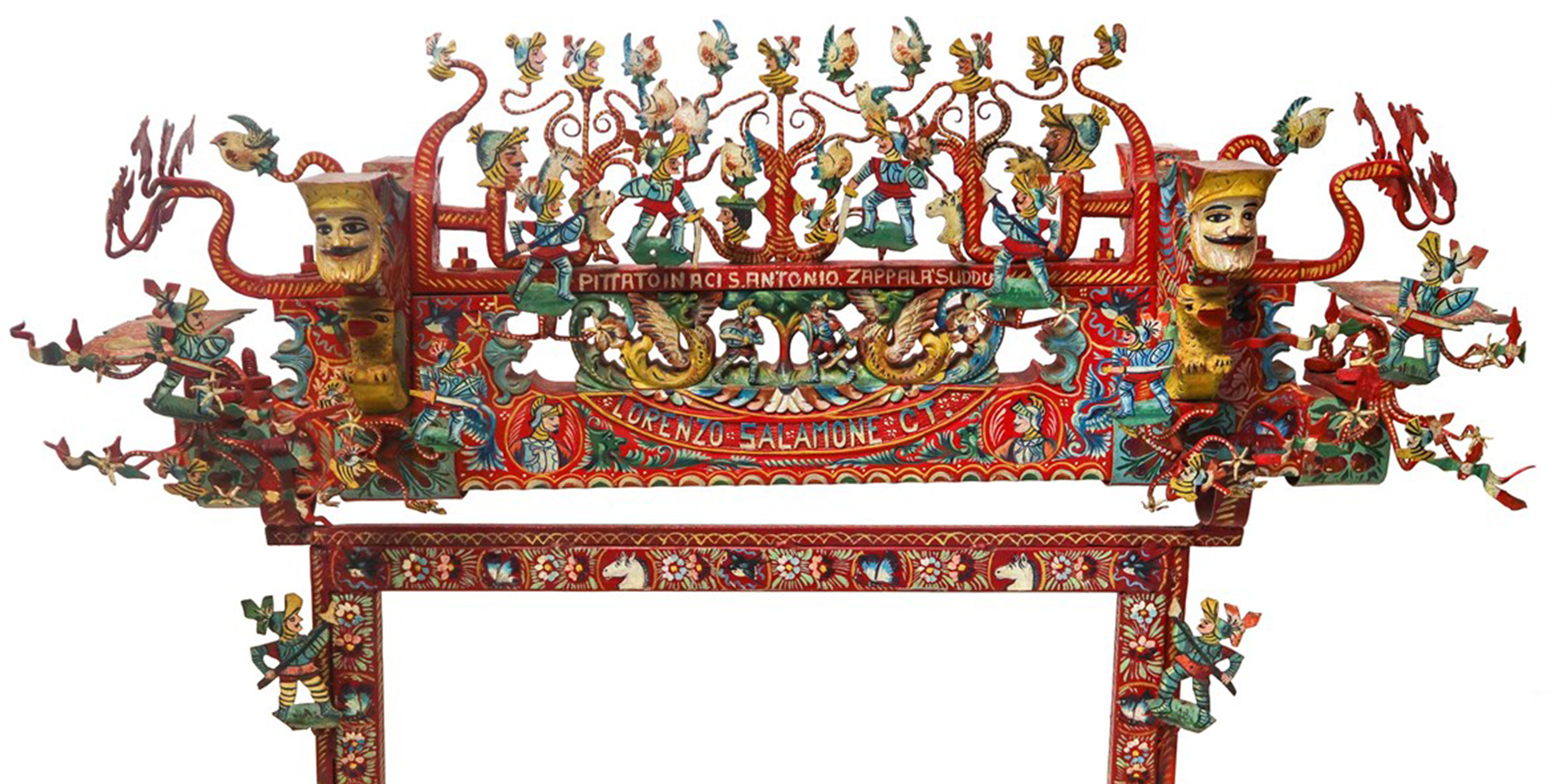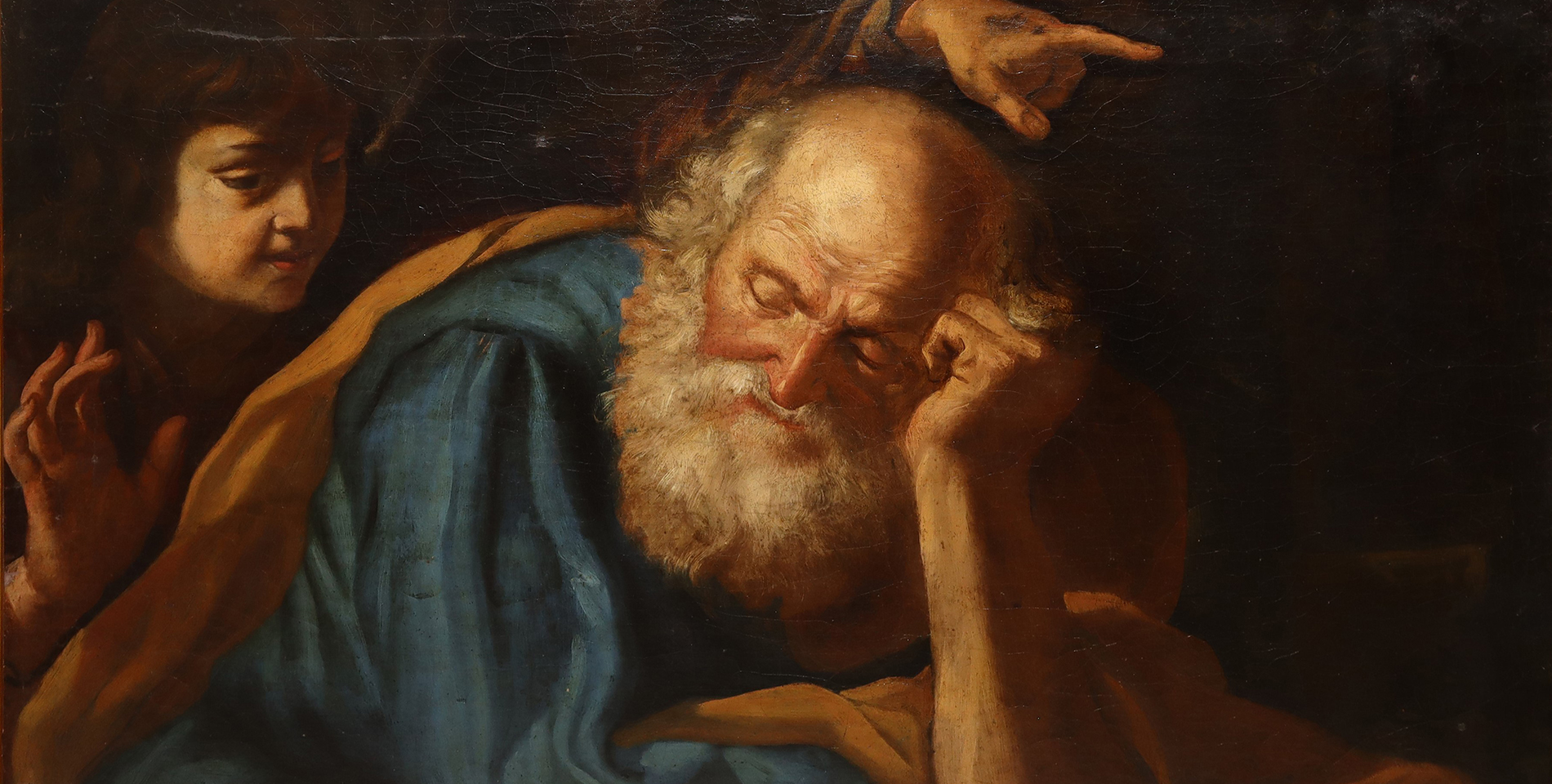-
130Live auctionModern Art10days, wed 2 July 2025
-
-
-
-
-
-
-
-
-
Register now
Our Departments
Discover the departments of Art La Rosa Auction House where you will be able to receive specific information about the artworks and contact our team of art specialists.



